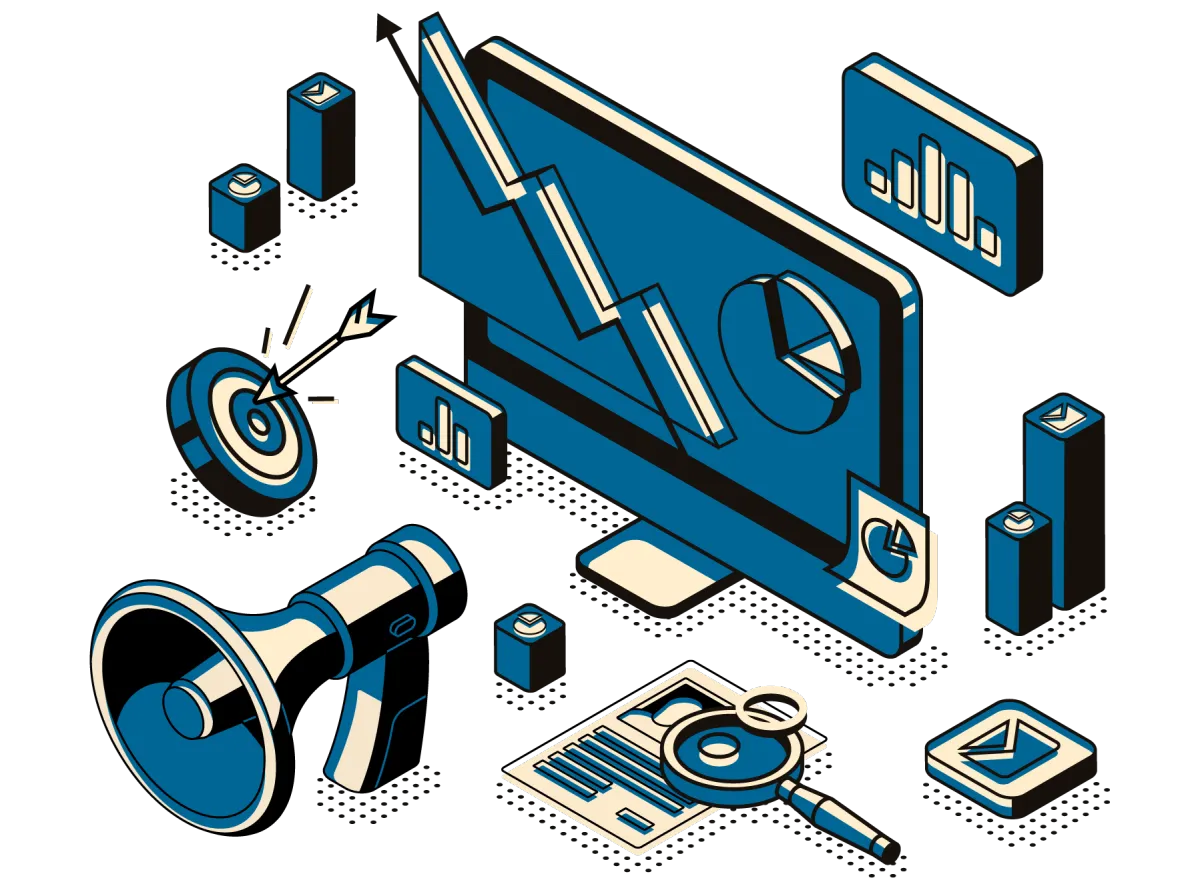
BLOGS

Marketing Know-How for Entrepreneurs & Small Businesses
Strategies and tactics to raise brand awareness, connect with your target audience and generate more leads and sales.


7 Ways to Reduce Content Overwhelm and Expand Your Marketing Impact
Experiencing content overwhelm over a sustained period can be a sign that something is wrong with your posting strategy.
In my last blog, I defined content overwhelm and explained how it can be detrimental to your business. I then reviewed 5 tell-tale signs that content overwhelm is negatively affecting your online impact:
You’re posting more, but your followers and their level of engagement are dropping.
Your content isn’t generating quality leads.
Your followers are confused about what you’re selling.
What’s working for others isn’t working for you.
You don’t feel authentically you.
If you’re experiencing any of these five signs and you believe this could be related to content overwhelm, here are seven things you can do to reduce content overwhelm and expand your marketing impact.
1. Believe in Yourself
This is arguably the most important element for combatting content overwhelm because it will help keep you focused on sharing your message your way.
When you know in your gut that what you’re doing will make a positive difference in people’s lives, your message will ring with authenticity, and your potential buyers will gravitate to your content.
In addition, you’ll be less susceptible to the influence of others who are promising instant results with so-called “proven” content tactics that worked wonders for them. While those tactics may have worked for their business model, there’s no guarantee they will work for yours. So when in doubt, trust your gut instinct about the type of messaging tactics that are most suitable for your business.
If you find yourself struggling with self-doubt, these other six points may help build more confidence in your ability to craft compelling messaging that resonates with your target audience.
2 Know Your Value
What specific value do you provide to your target audience? What problems do you solve, what unique benefits do you provide and why should your target audience choose your solution over competing solutions?
Knowing the answers to these questions gives you great strategic insight into the type of content you need for explaining the unique value you bring to the table.
It will enable you to position yourself as different from and better than your competition, a compelling argument for buying from you versus your competition.
3. Know Your Audience
Imagine if you knew exactly what your ideal buyers were thinking and feeling because you intimately understood their problems and challenges, hopes and dreams, frustrations and fears. Wouldn’t that kind of insight make it so much easier to create content that wowed them?
It pays to study your target audience to learn what type of content you need to develop and nurture them as prospective buyers.
A word of caution here. When strategizing how to speak to your target audience, be careful not to confuse need with want. As an expert in your industry, you know what your buyers need, but it may not be what they want.
When people are experiencing certain symptoms, they may not know what’s causing them, or they could be attributing their symptoms to something other than the actual problem. That could be because they either haven’t figured out it yet or they don’t have the knowledge or experience to figure it out on their own.
In situations like these, your content needs to address people’s wants first, before explaining to them what they need. Otherwise, they may skip by your content because they don’t see its relevance for them.
4. Plan Your Messaging Strategy
Most likely, your target audience is actively searching online for the cause of their problems and how they can best fix them. By the time they come across your product or service, they could be at any of the following stages of their buying journey:
Problem Unaware
Problem Aware
Solution Aware
Product Aware
Ready to Buy
How long someone spends in any of these stages depends in part on the complexity of the product or service you’re selling. Obviously, someone in the market for a very low-priced item such as paper clips is going to move to the Ready-to-Buy stage very quickly after realizing they’ve run out of them.
But for a business coaching program worth $10-$15,000, it’s quite likely that prospective clients will have spent quite some time struggling to build a viable business until it slowly dawns on them they might need help. Due to the high cost of coaching programs, they will probably do a fair bit of research into the various programs available to determine which will be most suitable for their needs and then investigate selected programs in more detail before deciding to pull out their credit card.
How much content you need to create for each these buying stages depends on how long your prospective buyers will typically spend in each stage, and how critical that stage is for creating initial connections and building influential relationships with your target audience.
If you’re interested in learning more about the 5 stages of buyer awareness, check out my blog Creating Content For Maximum Awareness, Influence and Impact.
5. Create A Realistic Content Plan
The key word here is “realistic”. What can you or your marketing team (if you have one) realistically commit to as a consistent posting schedule on an ongoing basis?
Consistency is important because it keeps your audience engaged and looking forward to consuming more of your content. It also helps feed the platform algorithms so that your content is distributed to a larger audience.
However, that does not always mean more is better. Despite the estimated 4.6 billion pieces of content being posted daily, people are desperately searching for quality content that will teach them something valuable they can implement in their own business or personal life. So content quality will ultimately triumph over quantity, particularly if poor quality content is being slapped together quickly just to get something posted.
That being said, the more often you can consistently post quality content, the better. If you can afford it, outsourcing your content from a third-party contractor can be an option, provided you’re able to provide the necessary guidelines and perform strict quality checks. After all, whatever you post is going to impact your online reputation for better or for worse and so you will always need to ensure the quality and accuracy of your posts.
6. Stick to Your Plan
It takes time for the effects of your content plan to be felt, and to see the correlation between content and sales.
Success seldom happens overnight, and often momentum can be slow to build. So don’t be overly impatient or allow self-doubt to persuade you to change your plan before you know for certain whether it’s been effective or not.
Changing your plan too often can lead to what I call Messaging Fragmentation, which dilutes the clarity of your message and confuses your audience, compromising your brand reputation in the process. I’ll be writing about Messaging Fragmentation in next month’s post.
7. Measure Your Results
Regularly checking how quickly your content is generating new followers and inspiring them to like and comment on your posts will help you understand how well your content is performing on an overall basis. Studying individual posts to learn which ones get the most likes and comments will show you the type of content your audience is most interested in so that you can create even more of it.
This will also enable you to approach content creation with confidence that the specific piece you’re working on is worth your time and effort.
The Bottom Line...
Content overwhelm and the confusion, frustration and stress it creates are very real and detrimental to your business, but there are practical steps you can take to get your messaging strategy back on track.
The most important is to believe in yourself and your ability to help others. because it will give you the confidence and courage to share your message your way. This is key for developing authentic content that builds a community of loyal followers who want to do business with you.

